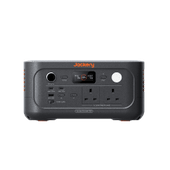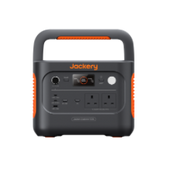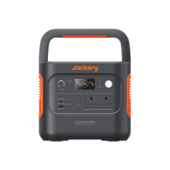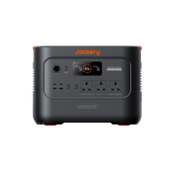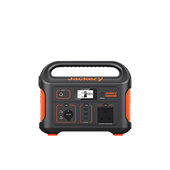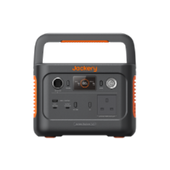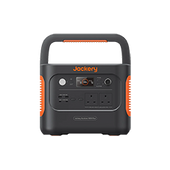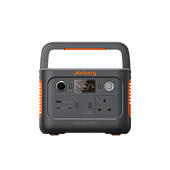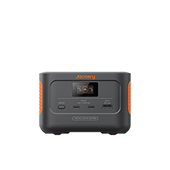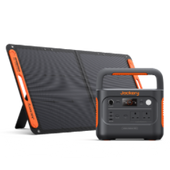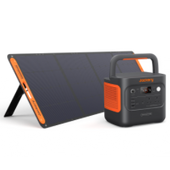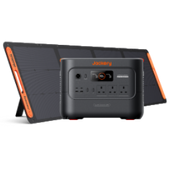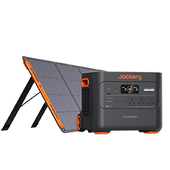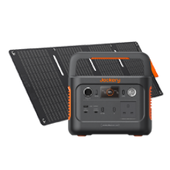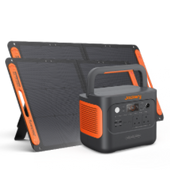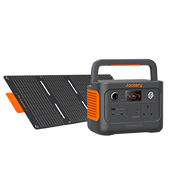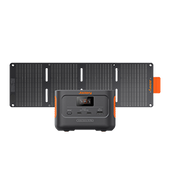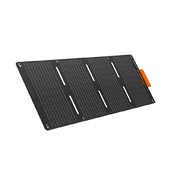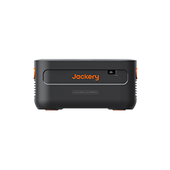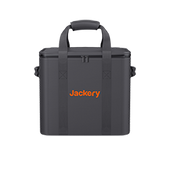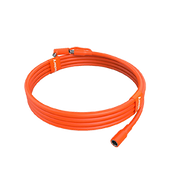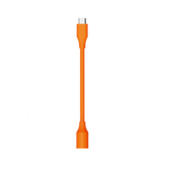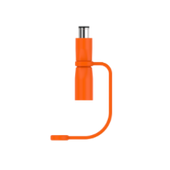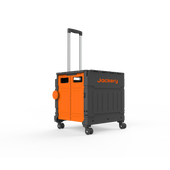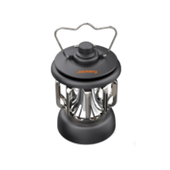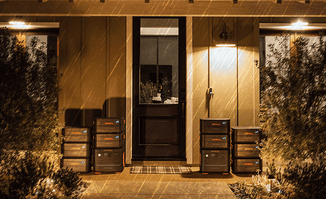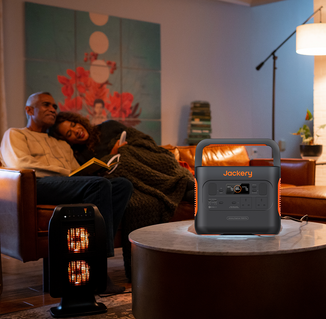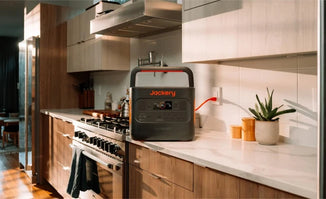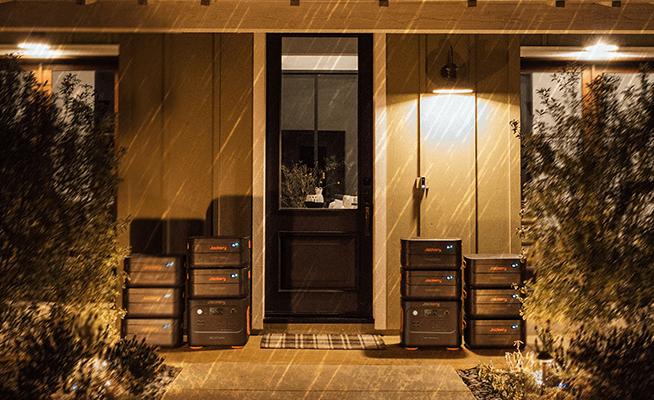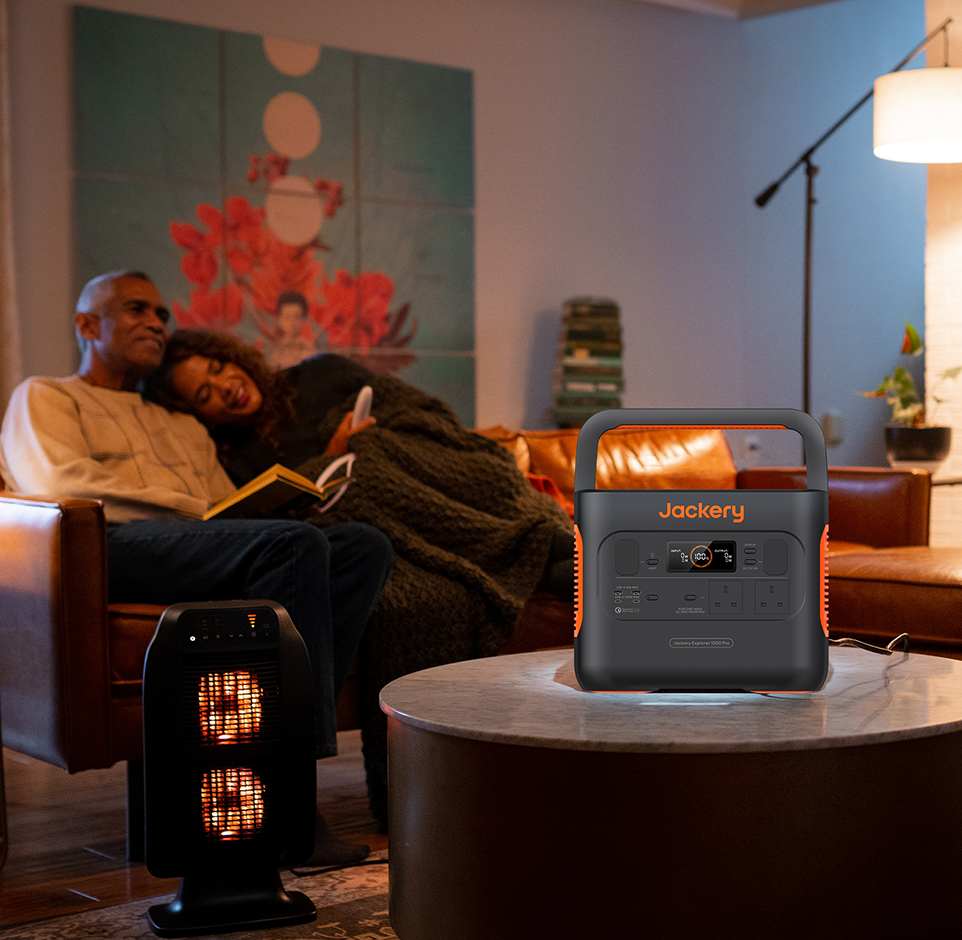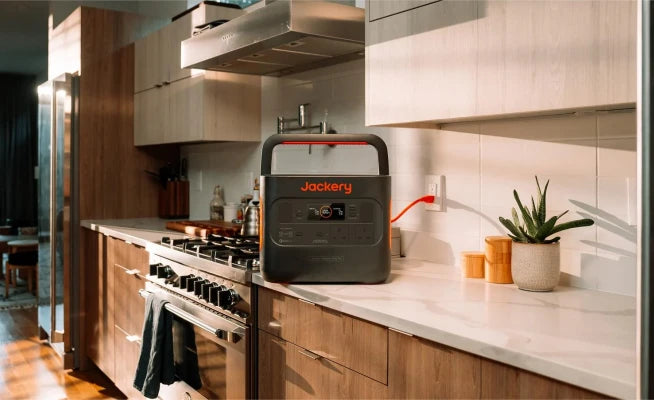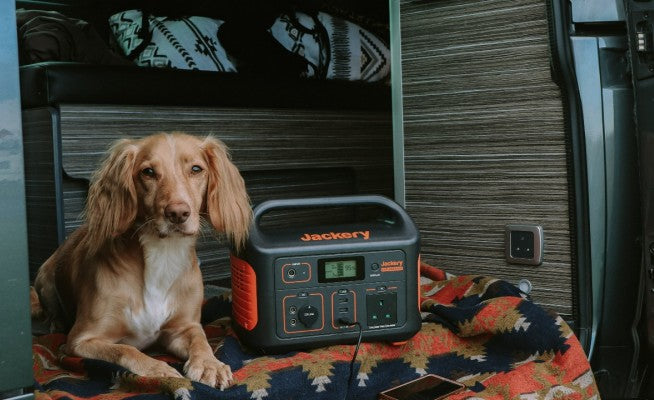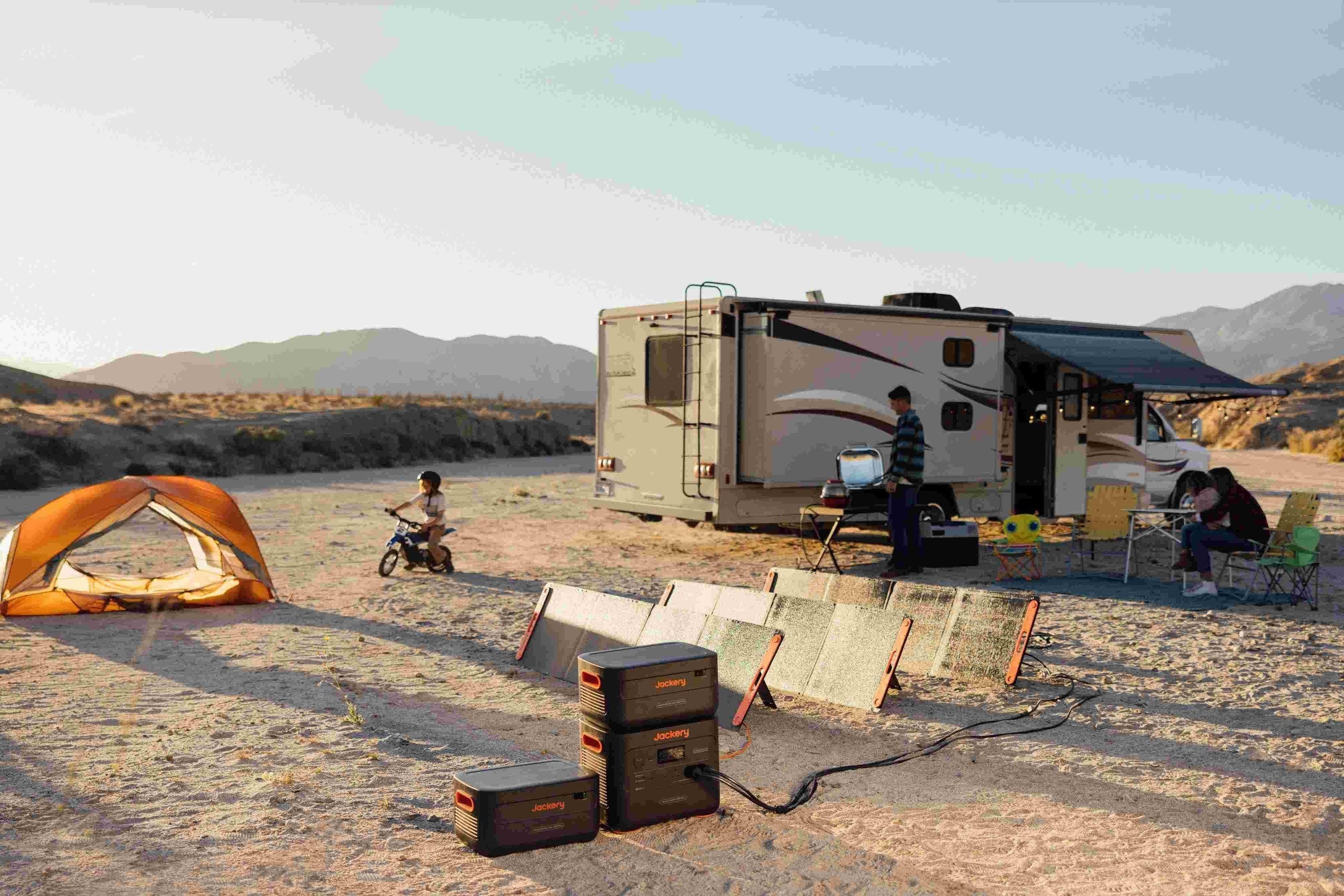With the improvement of living standards, hot tubs have become one of the ways for more and more British families to relax and enjoy life. Soaking in warm water after a busy day attracts many people. However, in addition to the initial purchase cost, the cost of using a hot tub is also the focus of many consumers.
This article will focus on the running cost of a hot tub to provide more details for British people wanting to purchase one. Besides, we highly recommend Jackery Portable Power Station to power hot tubs and other household appliances and save electric bills at home.
|
Key Takeaways: |
|
- The hot tub is undoubtedly a good choice if the family has enough space and budget. - In the UK, the average hot tub costs about £760 to £1,270 per year. - The heating power of a hot tub is usually between 1.5 and 5 kilowatts (kW), depending on its size and model. The capacity of a hot tub is generally between 680 and 1360 litres (about 0.68 to 1.360 cubic meters). - Hot tub maintenance is also essential. It includes cleaning the filter, changing the water, using chemicals, and possibly incurring repair costs. - The frequency of use of the hot tub and the time of each use are key factors in determining its running costs. - We highly recommend Jackery Explorer 2000 Plus and 1000 Plus for powering hot tubs and other electrical appliances. These devices use solar energy to save money on your electric bill. |
Is a Hot Tub Necessary for a British Home?
Hot tubs, leisure facilities that provide relaxation and comfort, have gradually become popular worldwide in recent years. However, for British families, the question of whether hot tubs are necessary must be considered from many perspectives.
Climate Conditions: The UK is known for its changeable and relatively mild climate. Although the winter is relatively wet and cold, extremely low temperatures are uncommon. Therefore, compared with some countries with colder climates, British residents may not have such an urgent need for hot tubs. However, hot tubs can provide families a warm and comfortable relaxing place in the cold winter.
House Type: The types of houses in the UK are diverse, ranging from apartments to detached homes, and the installation conditions of hot tubs also vary depending on the structure and size of the space.
Cost: Economic factors are also key to deciding whether to have a hot tub. The costs of purchasing, installing, and maintaining a hot tub are relatively high, including equipment costs, electricity consumption, and regular cleaning and maintenance.
Generally, purchasing, installing, and maintaining a hot tub can be a considerable expense for British families with limited budgets. In summary, there is no absolute answer to whether British families need a hot tub. A hot tub is undoubtedly a good choice if the family has enough space and budget and family members like this leisure activity.
However, if space is limited or family members are not very interested in hot tubs, it may not be necessary. Therefore, before considering a hot tub, British families must weigh its economic cost and practical feasibility.
How Much Does It Cost to Run a Hot Tub?
In the UK, hot tubs are popular for many families to relax and unwind. However, maintaining a hot tub is not just about the initial purchase cost; several ongoing costs must also be considered.

Composition of the Cost of Using a Hot Tub
The following will analyse the cost of using a hot tub in the UK in detail, considering three aspects: electricity, water, and maintenance.
Electricity Cost of Hot Tubs
A hot tub's main operating cost is electricity for heating water. According to data from Ofgem (the UK energy regulator)'s energy price cap, the average electricity price in the UK was about 24.86 pence per kilowatt-hour (kWh) as of February 2025. The heating power of a hot tub is usually between 1.5 and 5 kilowatts (kW), depending on its size and model.
Example: Assuming a 2kW hot tub is used for 2 hours a day, the daily electricity cost is approximately 2kW*2hours*24.86p/kWh=99.44p
Then the monthly electricity bill is: 99.44p/day*30 days = 2983.2p=29.84 pounds.
However, this is only a conservative estimate. In actual use, if the frequency of use is higher or the heating time is longer, the cost will increase accordingly.
Water Cost of Hot Tubs
Hot tubs need to be replaced regularly to keep them sanitary. Depending on the hot tub's capacity, each water change requires several hundred to several thousand litres. Although the water cost of a hot tub is relatively fixed, it still needs to be considered when calculating the total operating cost.
The capacity of a hot tub is generally between 680 and 1360 litres (about 0.68 to 1.360 cubic meters). The unit price of water is based on the data published on the United Utility official website at the end of December 2024 (2.0722 pounds/cubic meter).
Assuming a hot tub with a capacity of 1000 litres (1 cubic meter), the water cost per water change is:
1 cubic meter*£2.0722/cubic meter = £2.0722
If the water is changed every 3 months, the annual water cost is about £8.29.
£2.0722/time*4 times = £8.2888
Maintenance Cost of Hot Tubs
Hot tub maintenance is also essential. It includes cleaning the filter, changing the water, using chemicals, and possibly incurring repair costs. However, the frequency of cleaning and maintenance depends on the use frequency and water quality.
Chemicals such as chlorine and alkali keep the water clean and hygienic, and the monthly cost is about £10 to £20. Hot tub repairs depend on the situation; minor maintenance may cost tens of pounds, while extensive repairs may cost hundreds.
Here are some average maintenance costs you might incur when running a hot tub:
|
Hot Tub Repair |
Unit |
Average UK Cost |
|
Replacement Jets |
Per Jet |
£65 |
|
Labour of Technician |
Per Hour |
£75 |
|
Replacement Thermostat |
Per Unit |
£38 |
|
Clean and Service |
Annually |
£225 |
|
Consumables and Water Care |
Annually |
£275 |
(Data Source: checkatrade)
How Much Does It Cost to Run a Hot Tub?
When considering the cost of a hot tub, you can usually estimate based on a simple equation:
Electricity + Water + Maintenance = Total Cost of Running a Hot Tub
Considering all the running costs above, you might find that an average hot tub will cost you between £760 and £1,270 per year. (Data Source: checkatrade) Remember, £760 to £1,270 is the running cost in addition to the initial cost of purchasing the hot tub. However, if you want to find out the exact cost of running a hot tub in the UK, consult a specialist near you.
Are Hot Tubs Expensive to Run?
In the UK, hot tubs are expensive compared to other appliances, mainly due to several expenses. Here is a comparison of the running costs of hot tubs and other common household appliances.
Comparison of Electricity Costs
First, hot tubs consume significantly more electricity than most household appliances. They also require a lot of electricity to heat and maintain the water temperature. The power of a hot tub's heating element is usually between 1.5 kW and 5 kW.
Hot tubs are expensive compared to other high-energy-consuming appliances such as electric heaters or dryers. Although dryers also consume a lot of electricity, they are used for a limited time each time and not as frequently as hot tubs.
Here is the power and electricity cost information of different common appliances in the UK:
|
Appliance Type |
Wattage (W) |
Electricity Consumption Per Hour (kWh) |
Electricity Cost Per Hour (£)(24.86p / kWh) |
|
Dehumidifier |
200 to 500 W |
0.2-0.5 kWh |
£0.05-0.13 |
|
Clothes washer |
500 to 1000 W |
0.5-1 kWh |
£0.13-0.25 |
|
Microwave |
800 to 1500 W |
0.8-1.5 kWh |
£0.20-0.38 |
|
Hot tub |
1500 to 5000 W |
1.5-5 kWh |
£0.38-1.25 |
|
Electric stove or oven |
2000 to 2500 W |
2-2.5 kWh |
£0.50-0.63 |
|
Clothes dryers |
3000 to 5000 W |
3-5 kWh |
£0.75-1.25 |
This table is for reference only, and the actual data may vary.
Comparison of Water Costs
Although it does not incur direct costs like electricity consumption, frequent replacement and replenishment of water will increase water costs. Especially in the case of tiered water prices in some parts of the UK, large amounts of water use may lead to significant increases in water bills. In contrast, ordinary household appliances such as washing machines and dishwashers consume water, but the water consumption is relatively small and concentrated.
The following is the water consumption data of an average family of four in the UK:
|
Type of Water Used (litres) |
Water Usage Time |
Amount of Water Used (litres) |
|
Water is used by leaving the tap running when brushing teeth |
one time |
12 litres |
|
Water wasted by a dripping tap |
per day |
4 litres |
|
Water used by electric shower |
8 min |
40 litres |
|
Water used by mixer shower |
8 min |
64 litres |
|
Water used by a power shower |
8 min |
104 litres |
|
Water used by modern front-loading washing machine |
standard wash |
50 litres |
|
Water used by garden sprinkler |
1 hour |
1000 litres |
|
Water used by the dishwasher |
standard setting |
14 liters |
|
Hot tub water change |
one time |
680-1360liters |
(Data Source: Clad Codecking)
Comparison of Maintenance Costs
The maintenance cost of hot tubs is also relatively high. In addition to regular cleaning and disinfection, filters and other parts need to be replaced regularly, and the cost of these accessories may accumulate to tens to hundreds of pounds each year.
In short, maintaining hot tubs is time-consuming and may require professional services, adding additional costs. Ordinary household appliances such as TVs and refrigerators have relatively low maintenance requirements and usually only require simple cleaning.
Overall, the running cost of a hot tub in the UK is indeed high. Compared with other electrical appliances, the higher operating costs of hot tubs are mainly due to the combined effect of high electricity consumption, continuous insulation requirements, frequent maintenance, and large water consumption. Therefore, when deciding whether to install or use a hot tub, users should fully consider their financial situation and usage needs to make the most appropriate choice.
Factors Affecting Hot Tub Running Costs
Many factors affect the cost of running a hot tub, and we will explore a few key aspects in detail below.

Frequency and Duration of Use
The frequency and duration of each use are also key factors in determining the cost of running a hot tub. Frequent and prolonged hot tub use will result in increased energy consumption. For example, using a hot tub daily will consume more energy than using it only once weekly.
Size & Model
The energy efficiency of different brands and models of hot tubs in terms of heating and insulation varies greatly.
For example, high-efficiency hot tubs are usually equipped with advanced heating systems and insulation materials, which can quickly heat water to the set temperature and effectively reduce heat loss, reducing electricity or gas consumption. In addition, the larger the hot tub, the more water it can hold, meaning it takes longer to heat the water.
Water Temperature Maintenance
The water temperature set for each use also affects energy consumption; higher water temperatures require more energy. Especially in low ambient temperatures, the hot tub's heat will be lost faster and more energy will be needed to replenish it.
Seasons & Weather
In colder climates, a hot tub must work harder to offset heat loss from cold air and maintain the desired water temperature, resulting in higher energy consumption in the winter. Conversely, your hot tub won't need to heat as much water during warmer months.
How Can I Reduce the Cost of Running My Hot Tub?
If you want to find ways to reduce your hot tub's running costs, you can use some energy-saving tips. With the following tips, you can effectively reduce the running costs of a hot tub.

Tip 1: Control the Frequency and Time of Use
Reasonable planning and control of each hot tub's use frequency and time can also reduce its running costs. Avoiding prolonged heating and unnecessary use can reduce electricity consumption. In addition, try to use the hot tub during warmer periods because it takes more energy to heat the water to the required temperature in cold seasons.
Tip 2: Improve Thermal Insulation
Most heat loss occurs on the sides of the hot tub. Therefore, to reduce heat loss and heating costs, choose a hot tub with good insulation or add additional insulation to the existing equipment.
Tip 3: Choose the Right Hot Tub Cover
About 60% of the hot tub's heat is lost through the surface. To reduce costs, consider using an insulated cover when the hot tub is not in use to minimise heat loss and maintain the hot tub temperature, thereby reducing energy consumption.
Tip 4: Harnessing the Sun
Solar water heating systems can operate efficiently on sunny days, significantly reducing the need to use traditional electric or gas heating and thereby reducing energy costs. On cloudy days or at night, when solar energy is insufficient, the system can automatically switch to a backup energy source (such as electricity) to ensure that the hot tub temperature remains constant while minimising additional energy use.
Besides, investing in a generator to run appliances could be a wise choice, especially the solar generator, which turns sunlight into electricity. The portable power station can store the excess power for later use. Once the solar generator is fully recharged, you can run the hot tub and other appliances for several hours to a few days.
If you worry about the bad weather conditions in the UK, you can also recharge the power station at home with wall sockets, especially in off-peak times, which can save electric bills to some degree.
Taking Jackery Portable Power Station and Jackery Solar Generator as an example, if you choose to use the solar generator to power your home appliances, you can save about 50.76 pence per day. If you use it for 10 days, you can save 5 pounds.

Jackery Portable Power Stations Explained
A portable power station is necessary to run a hot tub or other appliances during peak hours, or you want to save electric bills because it provides a backup source of electricity that lets you keep using your hot tub work, even at night.
We recommend Jackery Portable Power Stations to charge your heating appliances and save on your electric bills. Jackery offers portable power solutions ranging from 99W to 12 kWh, capable of powering up to 99% of appliances, including hot tubs, dryers, lights, space heaters, etc.
Also, the Jackery Portable Power Stations are compact and easy to carry so that you can put them everywhere in your home. Compared to gas or other traditional generators, they are safer to use, and you can even use them while sleeping.
|
Dryers |
Working Hours |
|
|
Jackery Explorer 2000 Plus |
Jackery Explorer 1000 Plus |
|
|
Small Tumble Dryer (1000W) |
1.6-9.6H |
1-H |
|
Heat Pump Tumble Dryer (2100W) |
0.8-4.6H |
0.48-1.9H |
|
Condensing Tumble Dryer (5000W) |
1.92H |
0.8H |
|
Ventilated Tumble Dryer (5000W) |
1.92H |
0.8H |
|
Portable AC (700W) |
2.3-13.7H |
1.4-6.1H |
(*The working hours are only for reference; the actual working hours depend on your usage.)
Jackery Explorer 2000 Plus
Jackery Explorer 2000 Plus is more powerful and versatile than 1000 Plus. It is a solid portable power solution that delivers outstanding performance for powering the majority of appliances. With its impressive capacity and powerful output, this device can support the operation of a hot tub for several hours.
The Jackery Explorer 2000 Plus enables the addition of extra battery packs, increasing the capacity from 2 kWh to an impressive 12 kWh, thereby significantly satisfying your power needs. This solar product has a remarkable output of 3000W, which can charge almost all essential appliances indoors or outdoors. If you only use one Explorer 2000 Plus battery pack, it can charge a 4000W tumble dryer for 2.4 hours.
The Explorer 2000 Plus stands out as a groundbreaking add-on battery pack that offers the convenience of recharging through solar panels, wall outlets or carports. This feature increases versatility, boosts charging efficiency, and shortens charging time.
ChargeShield is Jackery's advanced fast charge technology, featuring 62 protective mechanisms, 12 protective algorithms, and four types of physical safety protection. This technology uses a unique stepped variable-speed charging algorithm to enhance safety and extend battery pack lifespan by 50%.

Review from Our User:
I currently have three Jackery Solar Generators. Jackery Solar Generators are a reliable, well-made, and affordable option today. In addition, Jackery has the most outstanding service I've ever experienced. Look at my recent purchases: the E1000v2, E2000v2, and E2000 Plus. I have three 200w Solar Saga Solar Panels that will charge my units in case of an extended power outage.
Jackery Explorer 1000 Plus
Compared to the Explorer 2000 Plus, the Jackery Explorer 1000 Plus is more suitable for small hot tubs and has an expandable capacity from 1264Wh to 5 kWh. It equips a durable LiFePO4 battery and a 2000W full-power pure sine wave inverter to supply sufficient energy for practically all essential devices. Notably, its capacity may be augmented to 5kWh by including up to three more battery packs.
The MPPT technology ensures 99% solar charging efficiency. A wall charge from 0% to 100% of the battery requires 100 minutes, whereas solar charging with four SolarSaga 200W solar panels necessitates 2 hours. With car charging capabilities, concerns over power disruptions will be alleviated.
In about 60 seconds, one may seamlessly connect solar panels to the power station, a procedure significantly more straightforward and user-friendly than traditional generators. Furthermore, it features a pass-through charging capability, allowing for device use while concurrently recharging via solar energy.

Review from Our User:
I purchased this product and an extra battery pack a few weeks back and am pleased. The quality of the materials and finish is outstanding. I used it in my motorhome while in the lakes, powering my air fryer and other small appliances, and it handled everything perfectly. It even powered the entire van to recharge the leisure battery for an hour.
Maintenance and Cleaning of Hot Tubs
Owning a hot tub is undoubtedly a great way to relax, but the cleaning and maintenance that come with it can be a headache. The following is a complete guide to hot tub maintenance and cleaning to help you quickly care for your hot tub at home.
Tip 1: Gentle Surface Cleaning
Use a soft-bristled toothbrush dipped in diluted bleach water to gently scrub the hot tub's surface to remove stains and mould effectively. For stubborn stains, wipe with half a lemon dipped in salt, or use toothpaste with a whitening function to clean it.
Tip 2: Water Quality Monitoring
You need to test the chemical content in the water regularly (once a week), such as chlorine and pH, to ensure it is within the safe range. According to the test results, disinfectants or other chemicals should be added to make adjustments.
Tip 3: Avoid Using Abrasive Cleaners
Do not use cleaners with fading functions, especially if the hot tub is coloured. Instead, use a special neutral detergent and a soft cloth to clean it.
Tip 4: Prevent Debris from Clogging the Pipe
Please check the drainage pipes and nozzles regularly to remove hair, debris, etc., that may be blocked. You can use a special sewer cleaner for treatment, but be careful not to use it in metal pipes to avoid corrosion.
Tip 5: Thorough Cleaning and Emptying
It is recommended that the hot tub be emptied and deep cleaned at least once a quarter. After thoroughly draining it, rinse it with hot water.
FAQs
The following are the frequently asked questions about the running costs of hot tubs in the UK:
1. How much does a hot tub cost to operate?
The running cost of a hot tub in the UK varies depending on various factors. If you use a hard shell hot tub, the average cost is usually between £30 and £60 per month. If you use an inflatable hot tub, the average cost is around £150 per month.
2. What is the cheapest way to run a hot tub?
If you want to know what the cheapest way to run a hot tub is, consider the following strategies to help you run a hot tub more cheaply:
• Use a high-quality hot tub cover
• Set a reasonable temperature
• Limit the time and frequency of use
• Regular maintenance
Implementing the above measures can help you manage and reduce the ongoing running costs of your hot tub.
3. Is it cheaper to keep a hot tub on all the time?
According to research by What Spa, keeping a hot tub running all the time is more cost-effective. The energy used to maintain a constant temperature is less than the energy used to heat the cold water each time the hot tub is used. The hot tub heater has to work harder to reheat the water each time than to maintain a steady temperature. However, if you plan to use your hot tub only occasionally, heat it only when necessary.
Final Thoughts
The hot tub is undoubtedly a good choice for families who pursue a high quality of life, focus on leisure and relaxation, and have the corresponding conditions. However, while enjoying the comfort and relaxation of hot tubs, users must also thoroughly weigh and evaluate the ongoing economic expenditure. In short, we have explored hot tub operating costs in-depth in this article and shared some tips and methods to reduce them accurately.

